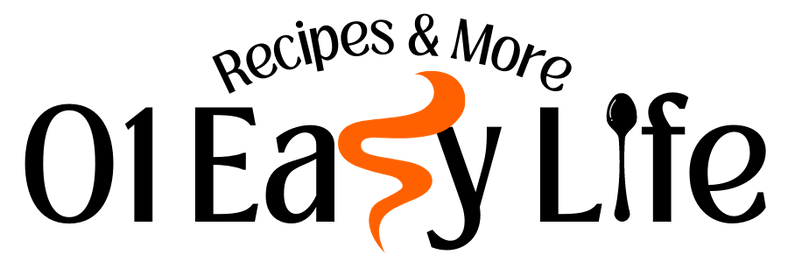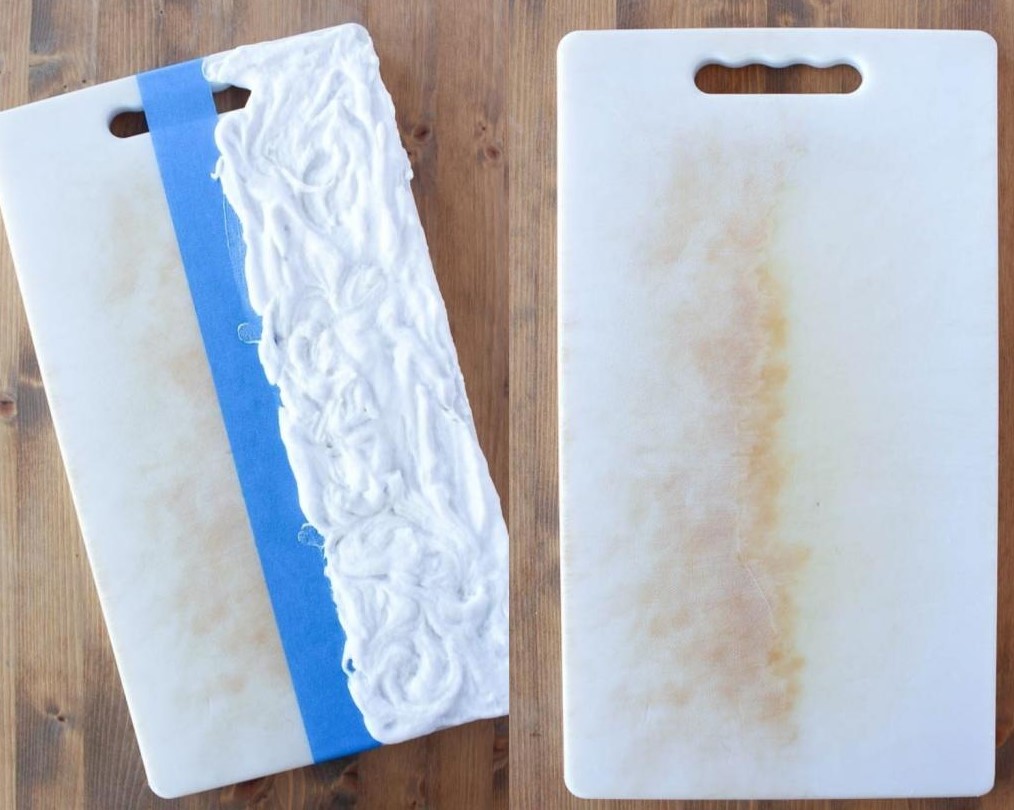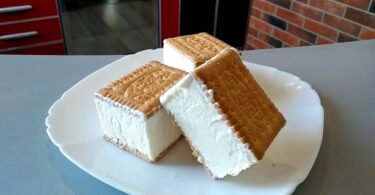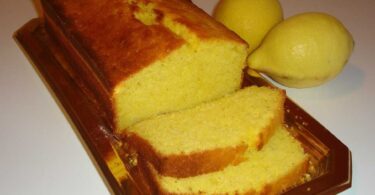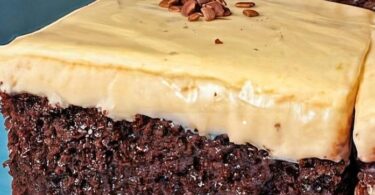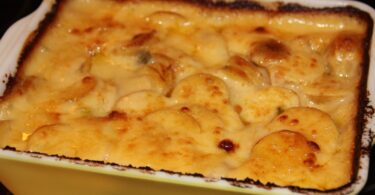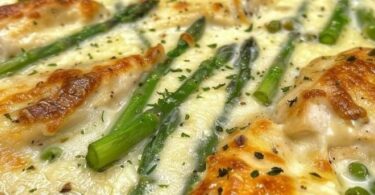Is your plastic cutting board showing signs of wear and tear? Discover a simple, eco-friendly cleaning guide to banish stains from your plastic cutting board using hydrogen peroxide, baking soda, and dish soap.
I have a reliable white plastic cutting board that I frequently use for slicing meats and poultry. It’s easy to store and maintain since it’s dishwasher-friendly. However, plastic cutting boards have a tendency to become discolored or stained after just a few months or even weeks of use.
Those stubborn brown stains that resist scrubbing can be quite troublesome! Luckily, I’ve found two hassle-free solutions to remove stains from plastic cutting boards, and the best part is, you won’t need any bleach!
Methods to Refresh Your Stained Plastic Cutting Boards
There are two effective yet simple techniques to rejuvenate your stained cutting boards:
- Hydrogen peroxide soaking.
- Creating a paste with baking soda, hydrogen peroxide, and dish soap.
How to Use Hydrogen Peroxide to Refresh Your Cutting Board
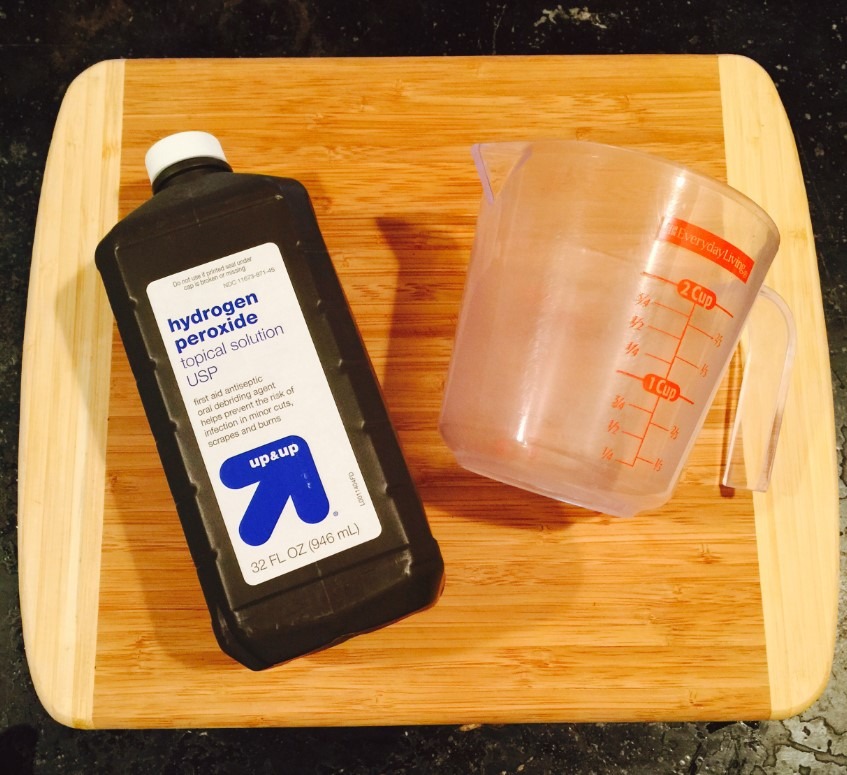
Good old 3% hydrogen peroxide can work wonders in bleaching out those stubborn cutting board stains if given enough time to do its job.
Here’s what you need to do:
- Place the stained cutting board in the sink.
- Thoroughly wet the cutting board with hydrogen peroxide.
- Allow the hydrogen peroxide to work its magic for several hours, or even overnight if possible. You’ll notice the stain becoming significantly lighter.
- Finally, wash the cutting board with soap and water, and ensure it’s completely dry.
Using a Baking Soda, Hydrogen Peroxide, and Dish Soap Paste
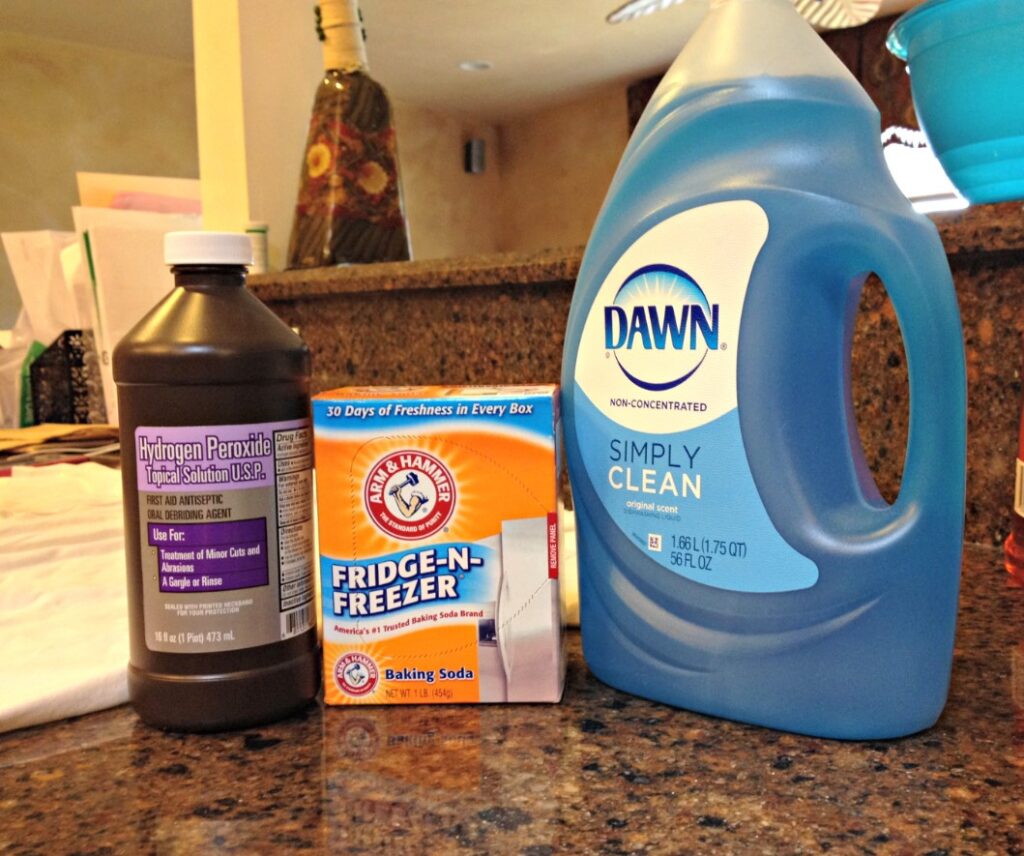
A mixture of dish soap, baking soda, and hydrogen peroxide can be made into a paste that is easy to apply and efficiently removes stains from your cutting board.
Here’s the process:
- Mix 3-4 tablespoons of baking soda, 1 tablespoon of dish soap, and 1-2 tablespoons of hydrogen peroxide to create a spreadable paste that is not too liquid.
- Thoroughly cover one side of the cutting board with the paste and let it sit for a few hours, or preferably overnight.
- Remove the paste and wash the cutting board with soap and water, ensuring it’s completely dry.
Why does this technique work?
Hydrogen peroxide is a potent bleaching agent that eliminates stains, brightens surfaces, and kills bacteria.
Dish soap helps remove any residual grease on the cutting board.
Baking soda, a natural abrasive, aids in dissolving food stains and is also useful for cleaning ovens.
The dense mixture ensures the cleaning agents remain on the cutting board long enough to effectively remove stains.
The Case Against Cleaning Plastic Cutting Boards with Bleach
Many people resort to using bleach to clean plastic cutting boards due to its stain-removing and germ-killing properties. However, bleach can be hazardous to health and cause surface corrosion.
Bleach, which contains sodium hypochlorite, is harmful when inhaled, irritating to the skin and eyes, and poisonous if ingested.
With a pH of around 12, bleach is a strong base that can damage materials, including plastic.
Most guides recommending bleach for stain removal advise using it undiluted, contrary to the manufacturers’ recommendations. For example, Clorox suggests a mixture of 1 tablespoon of bleach to 1 gallon of water for food preparation surfaces.
Fortunately, hydrogen peroxide offers a safe and non-damaging alternative to remove stains from plastic cutting boards.
Often referred to as “oxygen bleach,” hydrogen peroxide excels at stain removal, surface brightening, and bacteria elimination.
Unlike chlorine bleach, hydrogen peroxide doesn’t corrode surfaces and is non-toxic. After use, it naturally decomposes into water and oxygen.
How to Naturally Sanitize Plastic Cutting Boards
Plastic cutting boards, being non-porous, are safer for food preparation. However, there may be instances when you want to sanitize your board, such as after cutting meat.
You can use one of these methods to naturally disinfect a plastic cutting board:
- Run the cutting board through the dishwasher on the highest heat setting. The dishwasher’s heating element raises the water temperature beyond what our skin can handle, effectively killing more bacteria.
- After washing the board with soap and water, wipe or spray it with white vinegar, followed by hydrogen peroxide. Rinse thoroughly. This two-pronged approach naturally eliminates bacteria on the board and is as effective as using bleach.
For stain removal and the maintenance of your cutting boards, hydrogen peroxide is a green and easy alternative to bleach and store-bought cleaners. It’s the smart, eco-friendly way to keep your cutting boards spotless and appealing!
